No yard? No problem!
Guest Contributor: Cassey Anderson, CSU Horticulture Agent

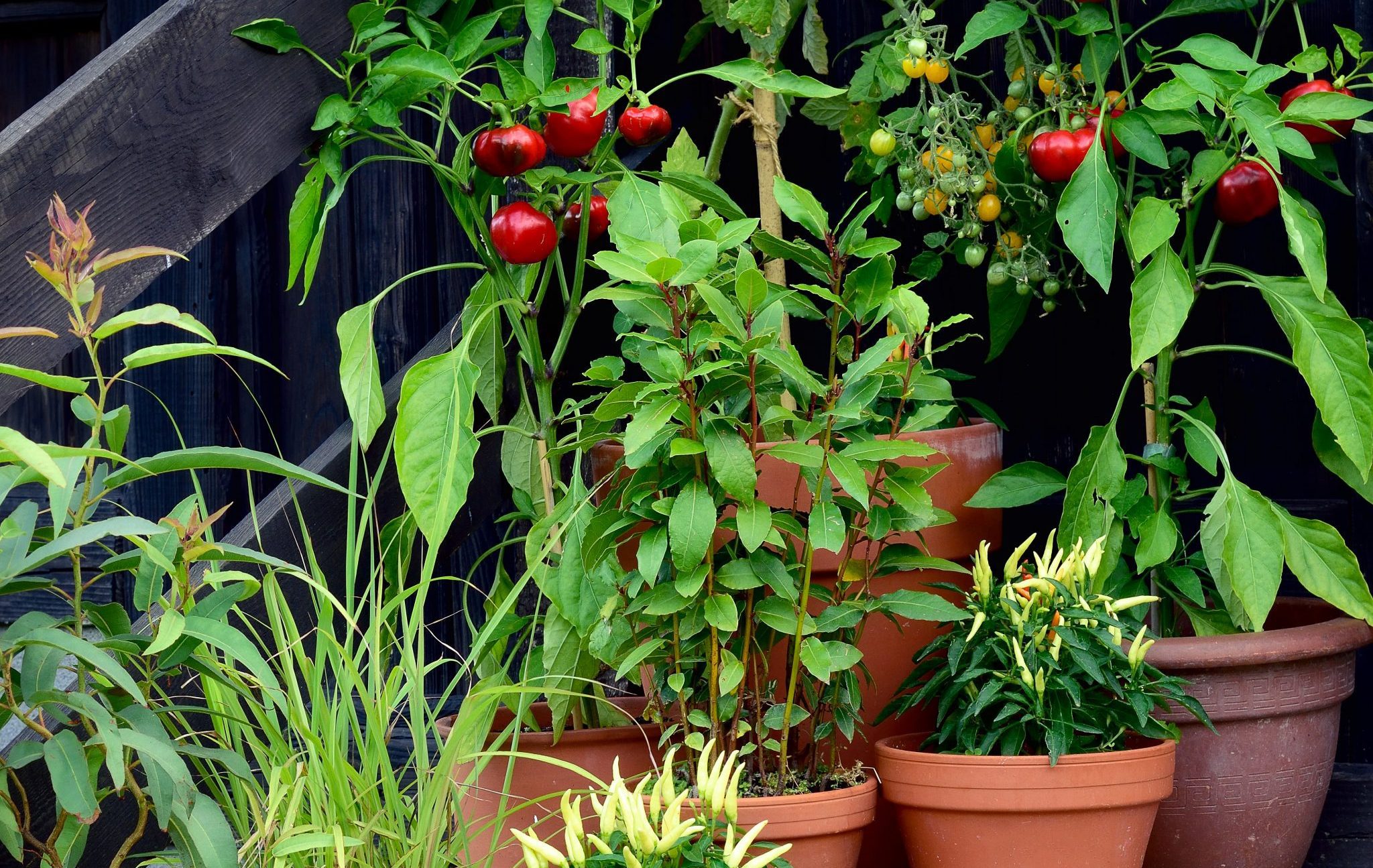
Welcome to our guide on small space gardening, the perfect solution for growing healthy veggies with limited outdoor areas or no yard at all. With the right strategies and techniques, you can transform even the smallest spaces into flourishing vegetable gardens. In this article, we'll explore various methods such as vertical gardening, container gardening, and creative use of available space to help you maximize your gardening potential. Get ready to unleash your green thumb and grow a nutritious bounty in any small space!

Plant selection
For any growing system you’ll need some material to grow in, a container to hold it, and access to water. You can grow nearly anything in a small space with enough willpower, but some things do grow better than others. Many seed companies have spent a lot of time and effort in the past few years to develop seed and plant varieties that are compact, that produce without taking up a lot of space. When looking for smaller options, seek out seeds or plants with names that include mini, micro, patio, petite, baby, dwarf, pixie etc. So, with that let’s dive into our different options!
Growing vegetables indoors
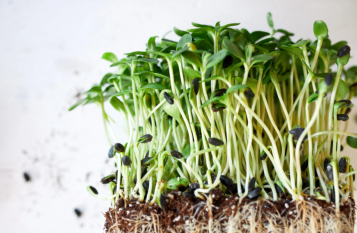
If you have no outdoor space and no porch or patio you’re not out of luck. You can grow hydroponically with either a DIY system or a purchased hydroponic system. DIY systems can be inexpensive ($50-100) but a little more finicky to get started with. Purchased hydroponic kits tend to be more expensive ($250-1000) but come with support from the company, fertilizer schedules and guidelines and are fairly plug and play. If you don’t want to mess with hydroponics you can grow microgreens or other greens (lettuce, kale, spinach etc.) in an area with some natural light, and with supplemental LED lights to ensure good growth.
Porch or patio pots
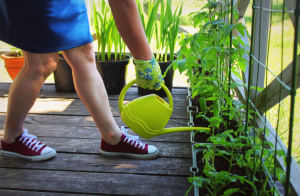
When growing on the porch or patio you’ll be seeking out medium sized containers. Generally, peppers and tomatoes need at minimum a one or two gallon pot (10-12” diameter) but will do better in something over 5 gallons (big box store 5 gallon buckets can work great if drainage is provided). You want to find a well-draining material to plant in such as potting soil. Avoid garden soil as it is designed to be dug into the ground.
Many vegetables can thrive in a small container including peppers, chard, lettuce, herbs, tomatoes, beans, cucumbers, squash, root vegetables etc. It’s important to take into consideration the mature size of the plant and use the largest container you can fit for it. Root crops for example may not require a lot of width, but will require depth. Indeterminate tomatoes will need a much larger container that determinate tomatoes.
No-dig gardens
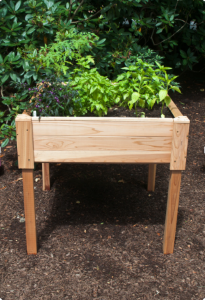
If you have a small backyard but cannot dig into it then you can get larger containers. 15 gallon fabric pots are amazing for planting many desirable crops such as peppers, tomatoes, potatoes etc. You can also build raised containers that would allow gardening while seated in a chair, a more accessible way to reach your produce.
Do be aware that raised containers, as well as containers in general, may dry out more quickly so regular irrigation is important. Drip irrigation is relatively inexpensive and can be automated if you’re not consistently home. However, if you only have a few containers you may choose to water manually. Ensure the plants are getting enough water for some to run out the bottom each watering cycle and let the surface get a little dry before you water again.
Grow vertically or in blocks
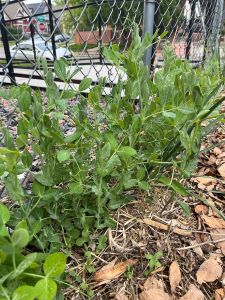
Our final level of small space gardening is great if you have a small plot in a community garden, or perhaps a small space in your yard. If you’ve not got a lot of space to work with you can grow vertically, and you can also practice block style planting.
Vertical growing can be as simple as providing a vertical support for a bean plant to climb, or you can build trellis systems for vine crops such as cucumber, melon, or even pumpkins! If you are growing larger crops vertically you may need to create a support structure of some type, such as mesh or wire.
Block style planting is a way to plant crops without as much space in between rows. So instead of rows of lettuce that are 6” apart in the row with 10” of space in between rows, you would plant the lettuce with 6” spacing within the block. This has many benefits such as keeping the soil cooler through shading, more efficient use of space, and easier harvests. See the following link for some great details on block style planting: https://cmg.extension.colostate.edu/Gardennotes/713.pdf
Hopefully this has inspired you to start your own small scale garden! If you have specific questions be sure to reach out to your local county Extension office.
As always, reach out to your local Extension office with additional questions and for further resources. Happy Gardening!

Gardening in Colorado? Check out Grow & Give www.growandgivecolorado.org and in particular our Colorado Vegetable Guide https://growgive.extension.colostate.edu/colorado-vegetable-guide/ for more crop information on all of the above plants.
What if every gardener planted just one extra plant to share?
One small donation can have a tremendous impact. Just imagine, if every gardener planted one extra plant to share, collectively, we would have an abundant source of fresh, healthy produce available to be distributed to families experiencing food insecurity in our own communities! The free Fresh Food Connect mobile app connects you to a local hunger relief program, then manages and tracks your donations of homegrown produce throughout the season. Download the app today!